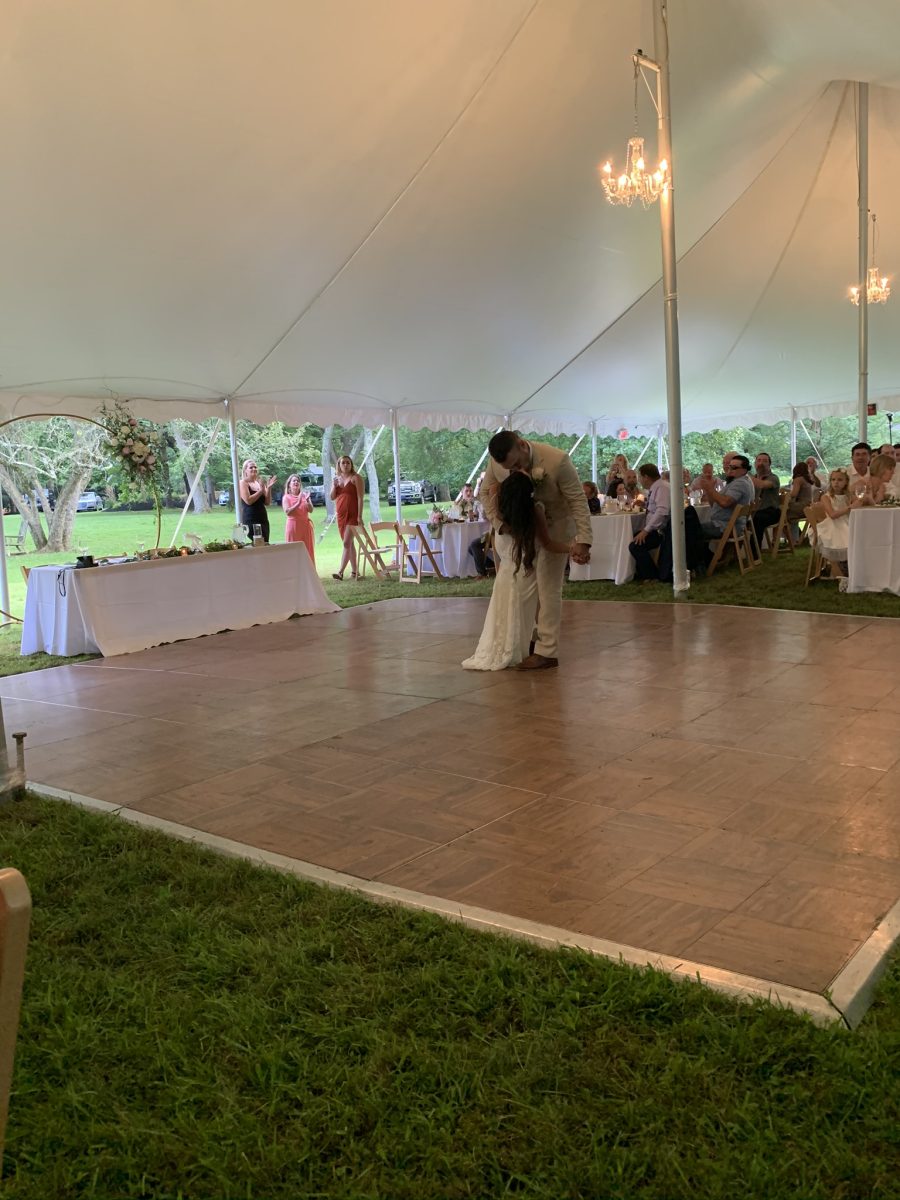Cutting-edge Styling Trends Shaping the Prospects of Interactive Light Emitting Diode Performance Floors
Cutting-edge Styling Trends Shaping the Prospects of Interactive Light Emitting Diode Performance Floors
Blog Article
Interactive LED dance surfaces have become progressively favored in various recreational venues, including dance clubs, concerts, and events. These floors use advanced technology to generate dynamic lighting showcases that respond to sound and motion. As technology continues to advance, several innovative design patterns are influencing the future of these responsive dance surfaces. These patterns not only enhance the aesthetic experience but also improve participant involvement and forge a more immersive environment for dancers and spectators alike.
One notable pattern in interactive light-emitting diode dancing floors is the incorporation of intelligent tech. Many new models incorporate detectors that detect motion and adjust the illumination accordingly. This implies that the floor can change hues, patterns, and visuals based on how many individuals are moving and their location they are positioned. This responsiveness fosters a dynamic environment that encourages involvement and excitement. Additionally, some models allow users to control the lighting through smartphone apps, providing them the ability to customize their experience in the moment.
Another important pattern is the utilization of eco-friendly materials and energy-efficient tech. As environmental issues grow, many creators are focusing on creating light-emitting diode dance surfaces that are not only visually impressive but also eco-friendly. This comprises using repurposed resources for the floor's building and implementing power-efficient light-emitting diode lights. These advancements assist reduce the environmental impact of events while still offering a mesmerizing visual encounter. By prioritizing eco-friendliness, designers are attracting to a more ecologically conscious audience.
The integration of augmented virtual reality (AR) is also transforming the interactive dancing floor encounter. AR tech enables users to see virtual images and visuals superimposed on the real environment through their smartphones or AR spectacles. This can enhance the dancing floor experience by adding digital elements that engage with the real space. For instance, dancers might see moving characters or graphic displays that respond to their actions, creating a unique and captivating atmosphere. This pattern is particularly appealing to younger audiences who are accustomed to digital engagements in their daily activities.
Furthermore, the design of responsive LED dance surfaces is becoming more flexible and modifiable. Many new designs can be readily installed in different environments, from temporary gatherings to permanent installations. This adaptability enables venues to develop customized experiences that address to different themes and audiences. Some models even feature interchangeable parts that can be rearranged to form varied shapes and layouts. This flexibility not only enhances the visual appeal but also allows for creative design in gathering planning.
In conclusion, the prospects of responsive LED dance surfaces is being influenced by creative styling patterns that focus on innovation, sustainability, augmented virtual reality, and versatility. These advancements are producing their explanation more immersive and captivating experiences for users, establishing dancing surfaces a key feature of entertainment locations. As these patterns continue to evolve, they will likely reshape how individuals engage with music and movement, ensuring that responsive LED dance surfaces stay a popular choice for gatherings and festivities.